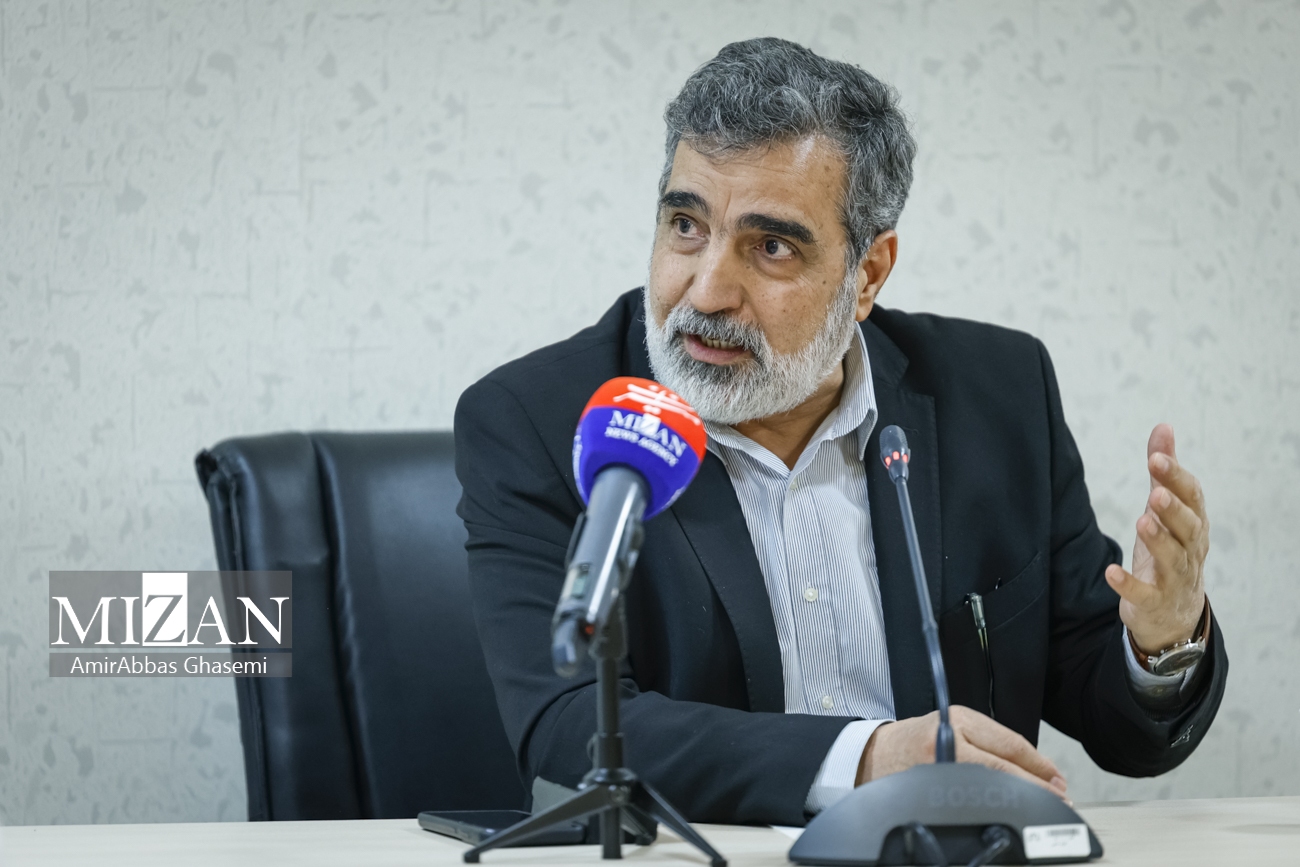ARTICLE AD BOX
A video has surfaced on various social media platforms that reportedly shows Russian soldiers executing three Ukrainian troops who were captured in the Zaporizhzhia region during the ongoing war. The video was first posted on Telegram on Wednesday and later appeared on social media, where it was shared by many journalists. The clip shows the three soldiers, kneeling with their hands behind their heads, being shot by their captives. As the video gained traction, Ukraine's Prosecutor General's Office launched an investigation.
After they shoot the "Prisoners of War (POWs)", smoke is seen emerging from the weapon purportedly held by Russian soldiers before the men collapse to the ground.
Several news outlets in Ukraine have condemned the incident saying it shows how Vladimir Putin's forces "are simply not human".
A statement from Prosecutor General's Office in Kyiv said: "The Russian army captured three Ukrainian defenders during a combat clash near the village of Robotyne, Zaporizhzhia region.
"An hour later, in violation of Article 3 of the Geneva Convention on the Treatment of Prisoners of War, the occupiers shot them," it added.
The office informed that the investigation is being carried out by the SBU Department, Ukraine's intelligence service.
No official Ukrainian authority has reacted to the video and NDTV cannot verify its authenticity.
The New Voice of Ukraine said in a report that this is not the first instance where Russia has executed captive Ukrainian soldiers. In October, the United Nations documented six such cases in its report.
A few weeks ago, a video circulated on social media depicting two Russian military personnel shooting two surrendered Ukrainian soldiers with their hands held behind their heads. This was later confirmed by the Armed Forces of Ukraine.
Investigation by Ukraine revealed that the incident took place near Stepove village in Pokrovsky district, in Donetsk Oblast region.
.png)
 10 months ago
7
10 months ago
7








 English (US)
English (US)